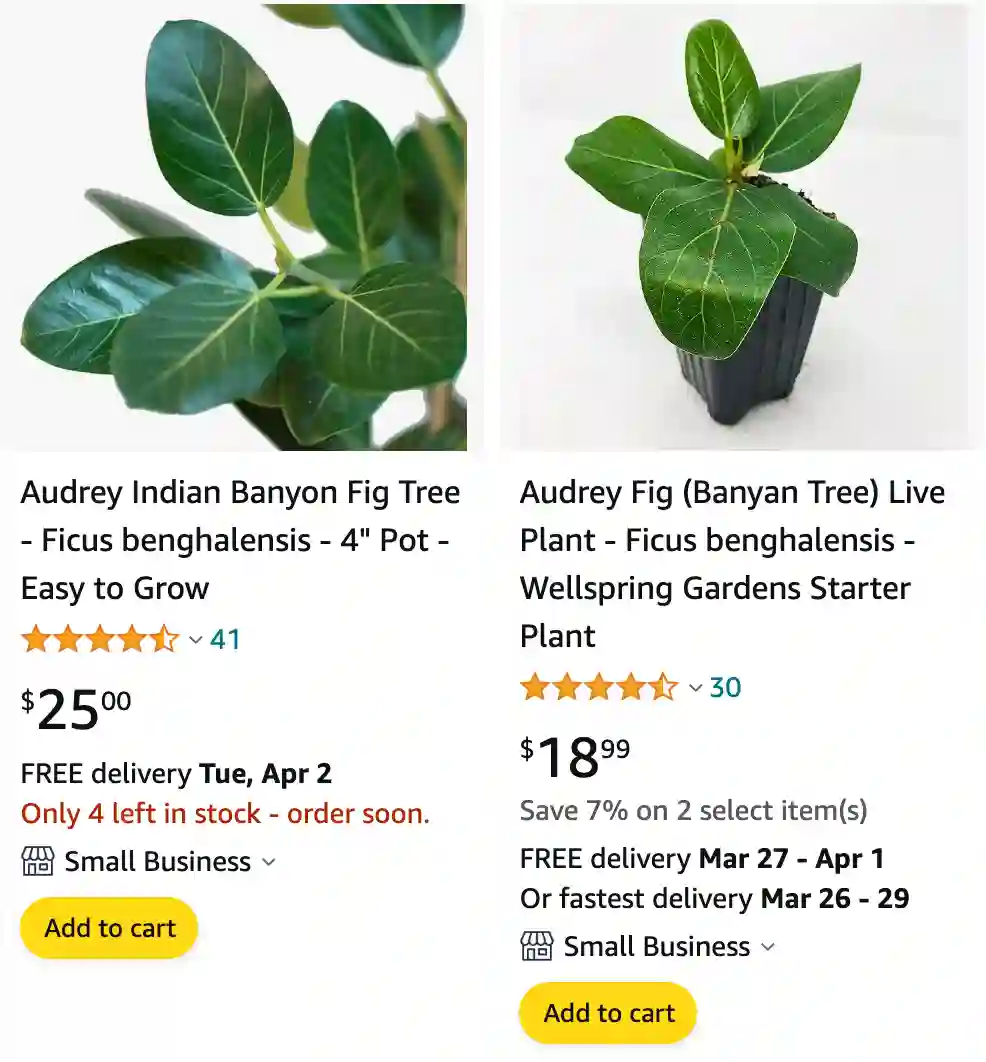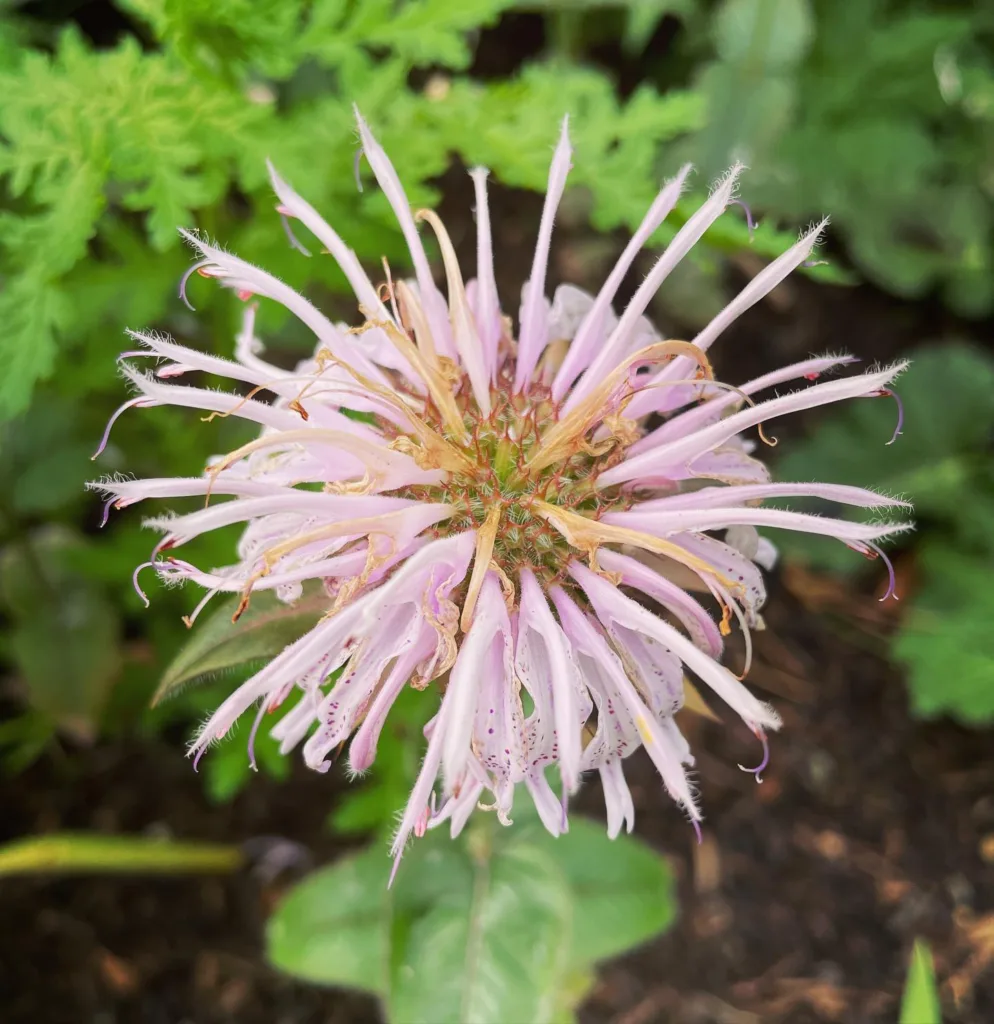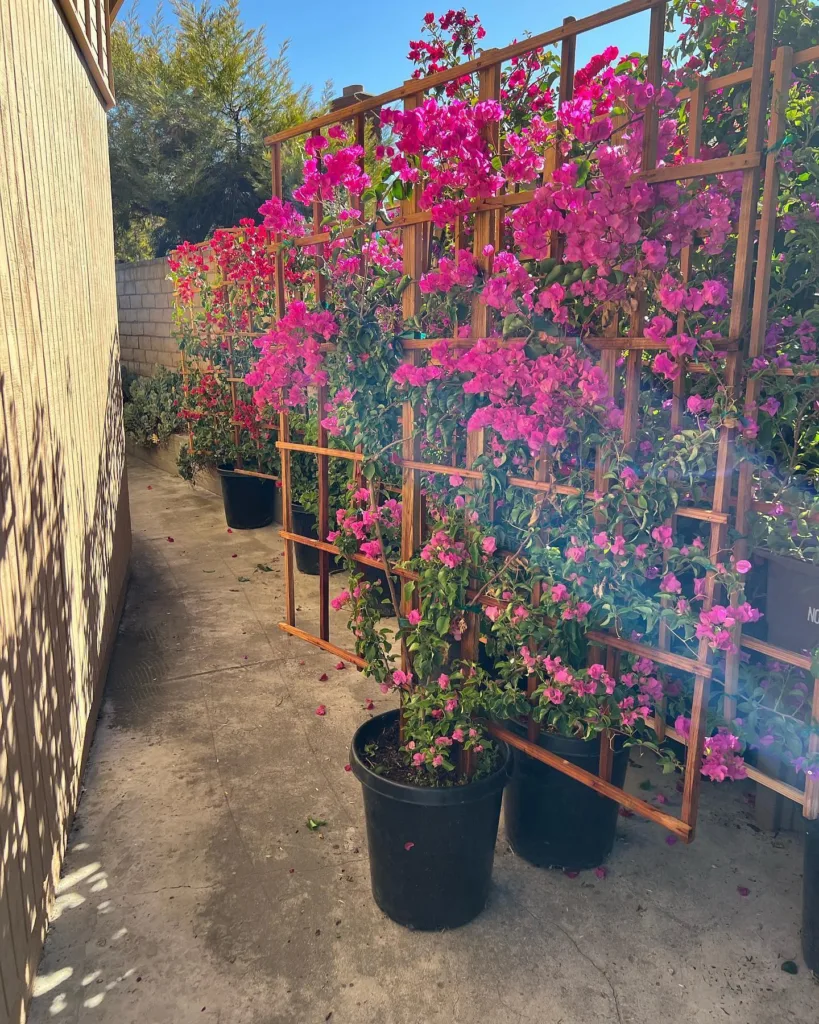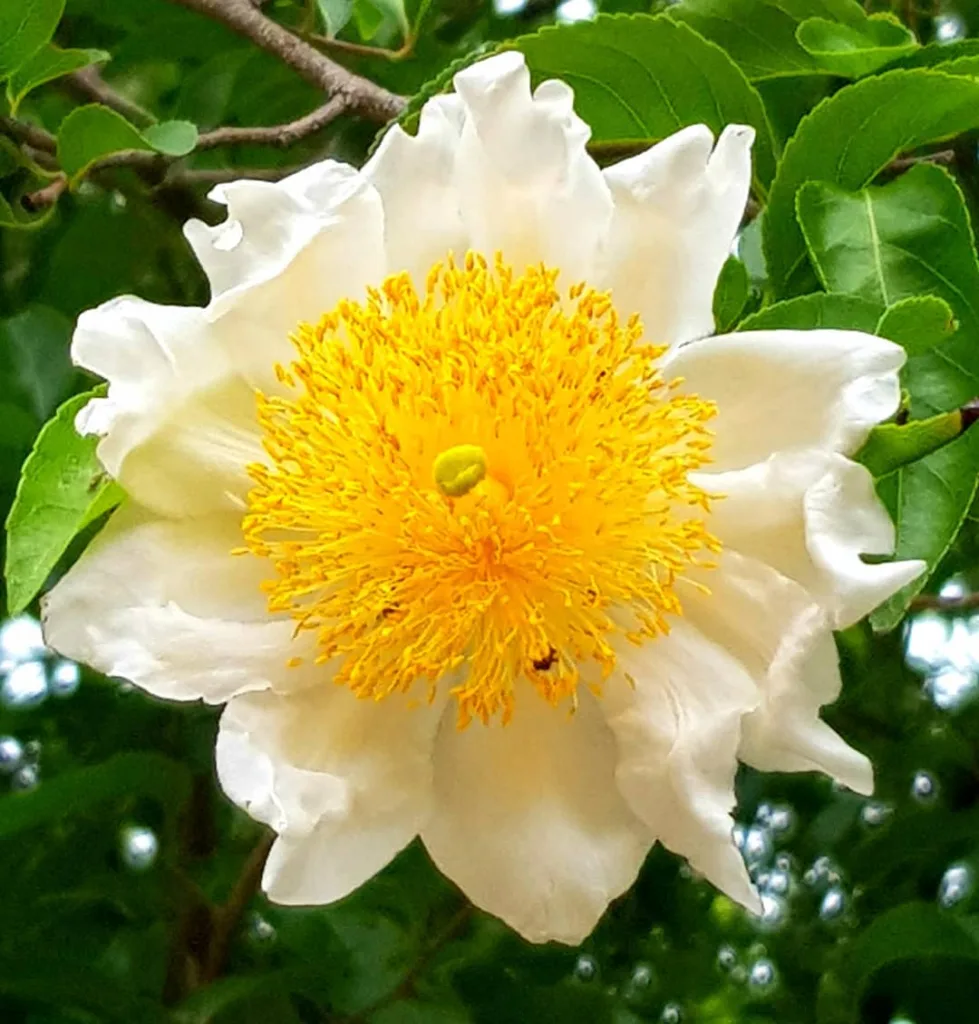
All About the Ficus Benghalensis Audrey: Your Indoor Rainforest Escape
I’m Ferb Vu, and I’m here to answer your burning questions about the Ficus Benghalensis Audrey, a stunning plant that brings a touch of the tropics indoors. This beauty, also known as the Indian Banyan or simply the Ficus Audrey, boasts large, glossy leaves and a majestic presence that can transform any space.
Whether you’re a seasoned plant parent or a curious beginner, this FAQ will equip you with everything you need to know to keep your Ficus Audrey thriving.
880 Species in Genus Ficus
Light: Sunshine Seeker, Not a Sun Worshipper
Imagine a rainforest dappled with sunlight. That’s the ideal light situation for your Ficus Audrey. Bright, indirect light is key. Think a spot near an east-facing window or a few feet back from a south- or west-facing one. Direct afternoon sun can scorch the leaves, so be mindful of placement.
Unlike its cousin, the Ficus Lyrata (Fiddle Leaf Fig), the Audrey can tolerate lower light conditions to a certain extent. However, this might result in slower growth and fewer leaves.
Watering: Finding the Golden Ratio
Here’s the secret: consistency is king. Water your Ficus Audrey deeply when the top inch of soil feels dry to the touch. Avoid drowning the roots by ensuring excess water drains freely from the pot.
Remember, underwatering is better than overwatering. A limp Audrey is usually a sign of thirst, while drooping leaves accompanied by mushy soil indicate overwatering.
Humidity: A Breath of Fresh Air (Literally)
The Ficus Audrey hails from the humid tropics, so mimicking that environment indoors is ideal. Grouping your Audrey with other plants or using a pebble tray filled with water can help increase humidity. Regular misting can also be beneficial, especially during dry winter months.
While it can adapt to average room humidity, higher levels will make your Audrey very happy.
Temperature: Tropical Bliss
Think warm and cozy. The Ficus Audrey thrives in temperatures between 65°F and 80°F (18°C and 27°C). Avoid exposing it to sudden temperature fluctuations or cold drafts.
This isn’t a plant for chilly rooms.
Fertilizer: Feeding Your Green Giant
During the active growing season (spring and summer), a balanced liquid fertilizer applied once a month will keep your Ficus Audrey flourishing. Be sure to dilute the fertilizer according to the package instructions and avoid overfertilizing, which can damage the roots.
During fall and winter, you can ease off on fertilization as the plant’s growth slows.
Common Issues and How to Be a Plant Hero
Leaf Drop: Don’t panic! Occasional leaf drop is normal, especially during periods of adjustment (like repotting or changes in light). However, excessive leaf drop can be a sign of underwatering, overwatering, or insufficient light.
Brown Leaves: Check for underwatering or low humidity. Address the underlying issue, and prune away the brown parts to maintain a healthy appearance.
Pests: Mealybugs and scale can be occasional visitors. Neem oil or insecticidal soap can be used to control them organically.
Repotting: As your Ficus Audrey grows, it will eventually need a larger pot. Repot every 1-2 years in spring or summer, choosing a pot with good drainage that’s about 2 inches wider than the current one.
Ficus Audrey vs. Ficus Lyrata: Sibling Rivalry or Peaceful Coexistence?
Both the Ficus Audrey and the Ficus Lyrata (Fiddle Leaf Fig) are popular houseplants with large, glossy leaves. Here’s a quick breakdown of their key differences:
- Leaves: The Audrey has wider, more oval-shaped leaves with a wavy edge, while the Lyrata’s leaves are narrower and violin-shaped.
- Light: The Audrey tolerates lower light conditions better than the Lyrata, which thrives in bright, indirect light.
- Growth Habit: The Lyrata tends to grow taller and faster than the Audrey.
- Temperament: The Audrey is generally considered easier to care for than the more finicky Lyrata.
Ultimately, the best choice depends on your preference and the light conditions in your home.
Conclusion: Your Own Indoor Rainforest Awaits
The Ficus Benghalensis Audrey is a stunning and rewarding houseplant. With proper care, it will bring a touch of the tropics indoors and add a touch of elegance to your space. So, embrace your inner plant parent and embark on this journey with your new leafy companion!
If i die, water my plants!



